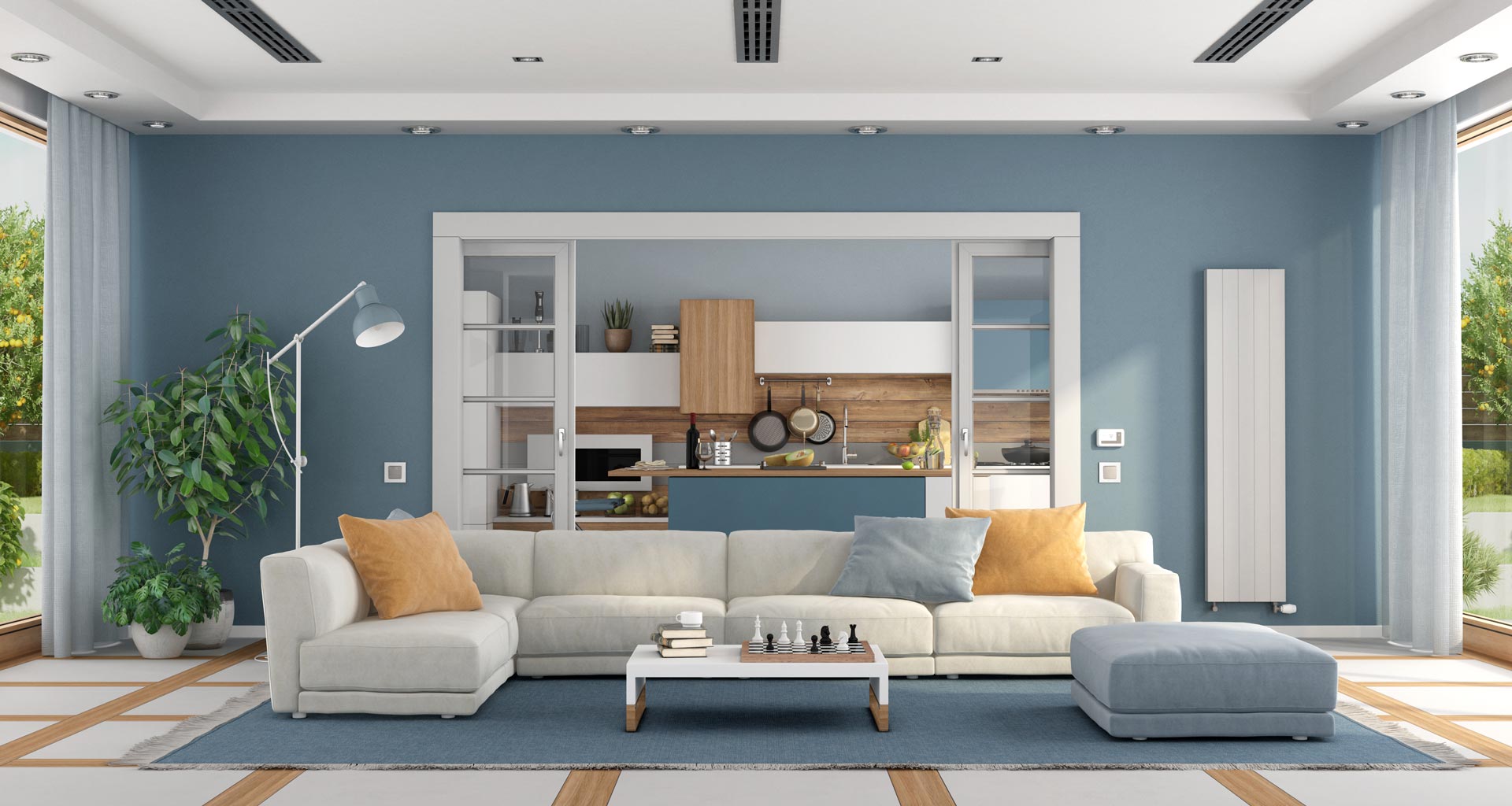Looking for high wall heat pumps? Look no further than Quality Air. With over 30 years of experience in installing heat pumps and a tried and tested reputation in the Wellington and Hutt Valley areas, Quality Air is the go-to company for all your heat pump needs. Lindsay, the knowledgeable and experienced installer, will assist you from the initial quote to the installation, ensuring that you get the best quality and service. Plus, with a wide range of brands available, you’ll have the freedom to choose the heat pump that suits your needs and budget. Contact Quality Air today for a free in-home assessment and start saving money on your heating and cooling needs.
High Wall Heat Pumps
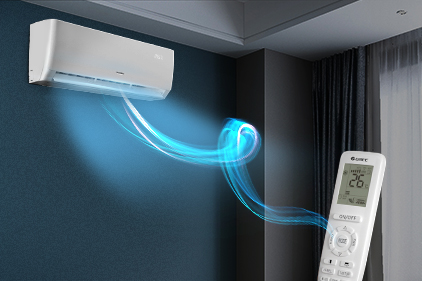
What are High Wall Heat Pumps?
High wall heat pumps are a type of heating and cooling system that can be mounted on the wall at a higher level. These heat pumps are designed to provide both heating and cooling for a room or space by extracting heat from the air outside and transferring it inside during the colder months, and vice versa during the warmer months. They are a popular choice for residential and commercial spaces due to their versatility, energy efficiency, and ease of installation.
Advantages of High Wall Heat Pumps
There are several advantages to using high wall heat pumps in your home or office.
Firstly, high wall heat pumps are highly efficient in providing both heating and cooling. They can extract heat from the outdoor air even in lower temperatures, making them suitable for use in colder climates. This not only helps to keep your space warm during the winter months but also reduces your energy consumption and lowers your heating costs.
Secondly, high wall heat pumps are easy to install and require minimal construction work. Unlike other heating and cooling systems, high wall heat pumps do not require any ductwork, making the installation process quick and hassle-free. This also means that they are suitable for both new and existing buildings, as they can be easily retrofitted without major modifications to the structure.
Another advantage of high wall heat pumps is their compact design. As they are mounted on the wall, they do not take up valuable floor space, making them ideal for smaller rooms or apartments where space may be limited. Additionally, their sleek and modern appearance adds a touch of elegance to any interior decor.
Furthermore, high wall heat pumps offer individual room control, allowing you to set different temperatures for different areas or zones within your space. This level of control not only ensures personalized comfort but also enables you to save energy by only heating or cooling the rooms that are in use.
Lastly, high wall heat pumps are a cost-effective solution for both heating and cooling. Their energy efficiency helps to reduce your monthly utility bills, and with proper maintenance, they have a long lifespan, providing you with many years of reliable performance.
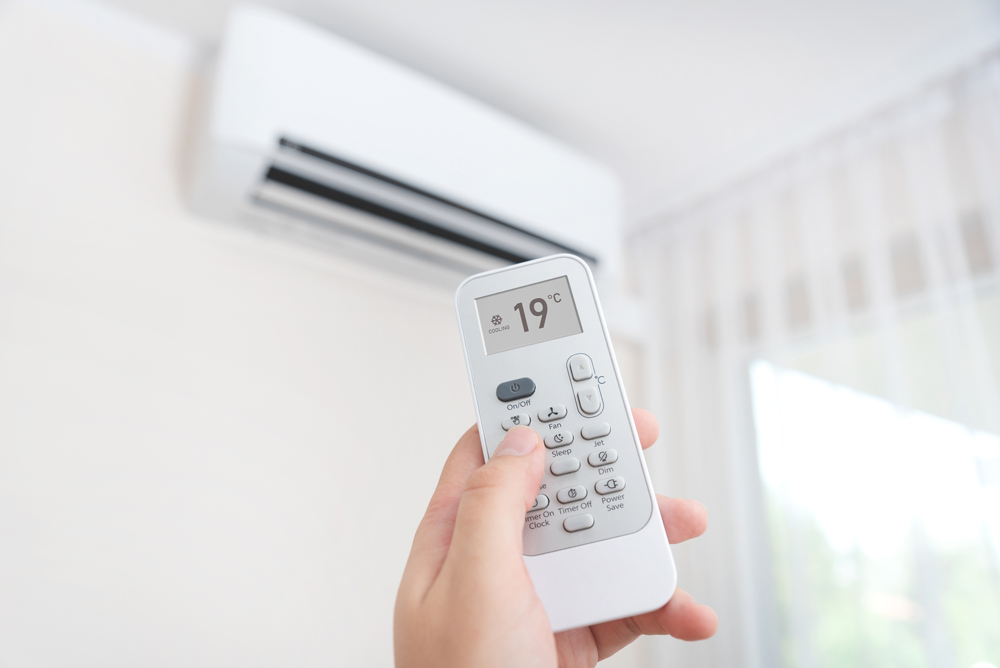
Types of High Wall Heat Pumps
There are various types and models of high wall heat pumps available in the market, each with its own unique features and specifications. Some common types include single-zone heat pumps, multi-zone heat pumps, and ductless mini-split heat pumps.
Single-zone heat pumps are designed to provide heating and cooling to a single room or space. They consist of one indoor unit and one outdoor unit, which are connected by refrigerant lines. Single-zone heat pumps are suitable for smaller areas or for individuals who only require heating or cooling in one specific room.
On the other hand, multi-zone heat pumps are capable of heating and cooling multiple rooms or zones. They consist of multiple indoor units connected to one outdoor unit. This allows for individual temperature control in each room or zone, providing personalized comfort throughout your space.
Ductless mini-split heat pumps are similar to multi-zone heat pumps but do not require any ductwork for installation. They are an excellent choice for retrofitting existing buildings or for spaces where installing ductwork is not feasible. Ductless mini-split heat pumps offer flexibility in terms of installation and can be mounted on the wall or ceiling to suit your preferences.
Factors to Consider when Choosing High Wall Heat Pumps
When choosing high wall heat pumps for your space, there are several factors that you should consider to ensure you select the right system for your needs.
Firstly, it is important to determine the heating and cooling capacity required for your space. This will depend on the size of the room or area you wish to heat or cool, as well as the climate in your location. Different high wall heat pumps have different capacities, so it is essential to choose one that is suitable for your specific requirements.
Additionally, you should consider the energy efficiency rating of the heat pump. Look for models with a high Energy Efficiency Ratio (EER) or Seasonal Energy Efficiency Ratio (SEER), as this indicates that the heat pump operates efficiently and will save you money on your energy bills in the long run.
Another factor to consider is the noise level of the high wall heat pump. Some models have advanced noise reduction technology, making them operate quietly, which is particularly important if you plan to install the heat pump in a bedroom or living area.
Furthermore, it is essential to choose a reputable and reliable brand of high wall heat pumps. Research different brands, read customer reviews, and seek recommendations from professionals to ensure you select a heat pump that is not only of high quality but also backed by excellent customer service and support.
Lastly, consider your budget when choosing a high wall heat pump. While it is important to invest in a quality heat pump that will meet your needs and last for many years, you should also ensure that it falls within your budget. Compare prices, consider the long-term energy savings, and weigh the cost against the features and benefits offered by each model.
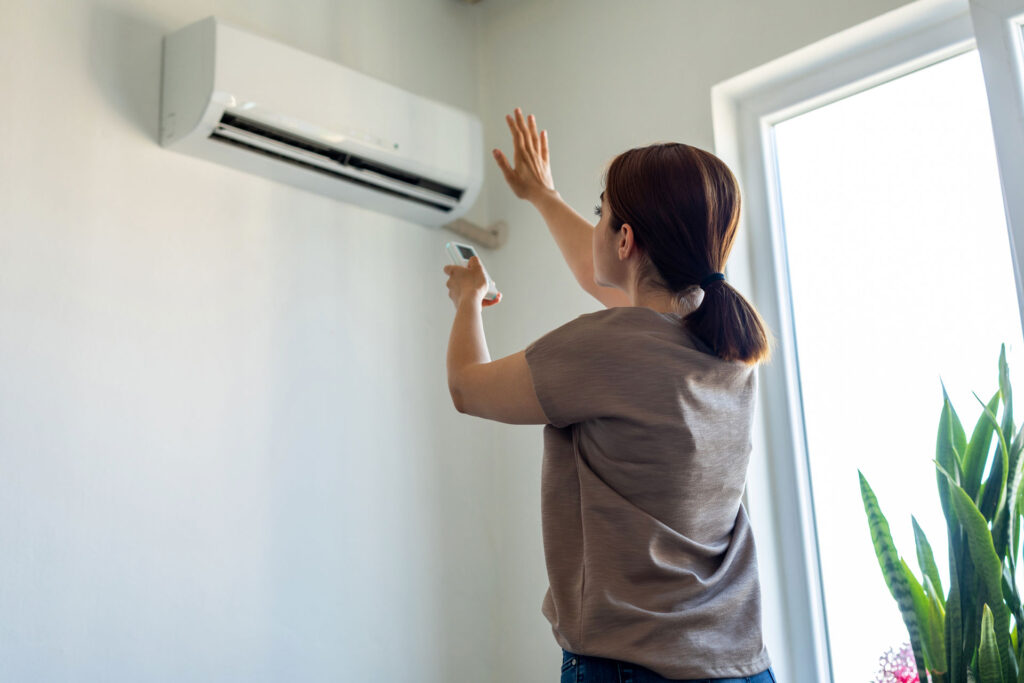
Installation Process of High Wall Heat Pumps
The installation process of high wall heat pumps is relatively straightforward. However, it is recommended to have a professional HVAC technician or installer handle the installation to ensure it is done correctly and safely.
Firstly, the technician will assess the space and determine the best location for the indoor and outdoor units. They will consider factors such as the position of electrical outlets, access to the outdoor unit, and the optimal placement for even air distribution.
Once the location is determined, the technician will drill a hole through the wall to connect the indoor and outdoor units with refrigerant lines and electrical wiring. They will then mount the indoor unit on the wall at the desired height, ensuring it is secured properly and level.
Next, the outdoor unit will be positioned outside, typically on a wall bracket or on the ground on a concrete slab. The technician will connect the refrigerant lines and electrical wiring to the outdoor unit, ensuring they are properly insulated and protected.
After the units are connected, the technician will vacuum and charge the refrigerant lines to the appropriate levels. They will also test the system to ensure it is functioning correctly and performing optimally.
Finally, the technician will provide you with instructions on how to operate and maintain the high wall heat pump, as well as any warranty information or maintenance plans that may be included.
Maintenance and Servicing of High Wall Heat Pumps
Regular maintenance and servicing are crucial for the efficient and reliable operation of high wall heat pumps. Here are a few maintenance tasks you should perform:
Clean or replace the air filters regularly. Clogged or dirty filters can restrict airflow and reduce the efficiency of the heat pump.
Keep the outdoor unit clear of debris, such as leaves, branches, and dirt. This will ensure proper airflow and prevent any blockages.
Inspect the refrigerant lines for any leaks or damage. If you notice any issues, contact a professional to assess and repair the problem.
Schedule annual maintenance checks with a qualified HVAC technician. They will inspect and clean the indoor and outdoor units, check the refrigerant levels, and ensure that all components are in good working condition.
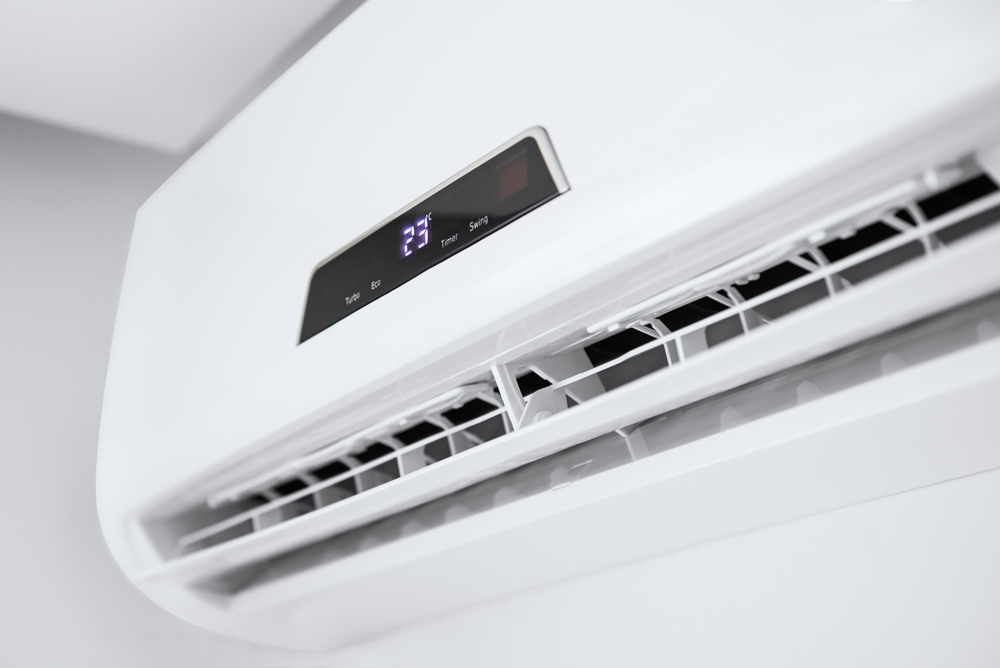
Common Issues and Repairs of High Wall Heat Pumps
While high wall heat pumps are generally reliable, there are some common issues that may arise over time. Here are a few examples:
Reduced heating or cooling capacity: This may be due to a dirty air filter, a refrigerant leak, or a malfunctioning compressor. Regular maintenance and servicing can help prevent and address these issues.
Noisy operation: A high wall heat pump that is making unusual or loud noises may have a faulty fan motor or loose components. Contact a professional to diagnose and repair the problem.
Sensor or thermostat issues: If the heat pump is not responding to temperature changes or is not maintaining the desired temperature, it could be a problem with the sensors or thermostat. A professional technician can troubleshoot and resolve these issues.
Electrical faults: In some cases, electrical faults or power supply issues can cause the high wall heat pump to malfunction. It is important to contact a qualified technician to handle any electrical repairs or issues.
How to Maximize Energy Efficiency with High Wall Heat Pumps
To maximize energy efficiency and reduce your heating and cooling costs with high wall heat pumps, here are a few tips:
Set the temperature to the desired level and avoid frequent adjustments. Constantly changing the temperature can increase energy consumption.
Ensure that your space is properly insulated. Insulation helps to retain the heat or cool air generated by the heat pump, reducing the need for the system to work harder.
Use programmable thermostats or smart controls to schedule heating and cooling according to your daily routine. This allows you to save energy by automatically adjusting the temperature when you are away or asleep.
Close doors and windows in the room or area you are heating or cooling to prevent drafts and maintain a consistent temperature.
Keep curtains or blinds closed during hot summer days to reduce heat gain from the sun. In colder months, open them during the day to allow natural sunlight to warm your space.
Regularly clean and maintain your high wall heat pump, as mentioned earlier. A well-maintained system operates more efficiently and consumes less energy.
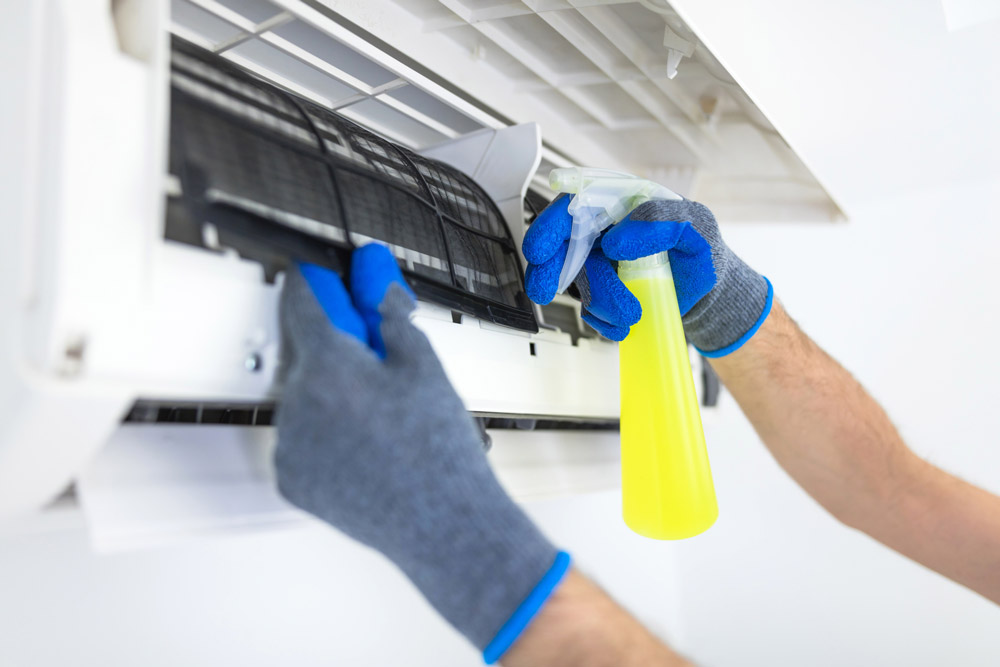
Cost of High Wall Heat Pumps
The cost of high wall heat pumps can vary depending on factors such as the brand, model, capacity, and additional features. On average, the cost of a high wall heat pump ranges from $1,500 to $5,000, including the installation.
It is important to note that the initial cost of the heat pump is just one aspect to consider. You should also factor in the long-term energy savings and potential rebates or incentives offered by utility companies or government programs for energy-efficient appliances. These savings can help offset the initial investment and make high wall heat pumps a cost-effective choice in the long run.
Conclusion
High wall heat pumps are a versatile and efficient heating and cooling system for residential and commercial spaces. Their numerous advantages, such as energy efficiency, easy installation, and individual room control, make them a popular choice among homeowners and business owners alike.
By considering factors such as capacity, energy efficiency, noise level, and brand reputation, you can choose the right high wall heat pump for your space. Proper installation, regular maintenance, and addressing any issues or repairs promptly will ensure that your heat pump operates optimally for many years to come.
Maximizing energy efficiency with high wall heat pumps is achievable through proper temperature settings, insulation, smart controls, and regular maintenance. While the initial cost of high wall heat pumps may vary, their long-term energy savings and potential incentives make them a cost-effective solution for heating and cooling.
In conclusion, high wall heat pumps offer reliable and efficient heating and cooling solutions, providing comfort and convenience for homes and businesses alike.


